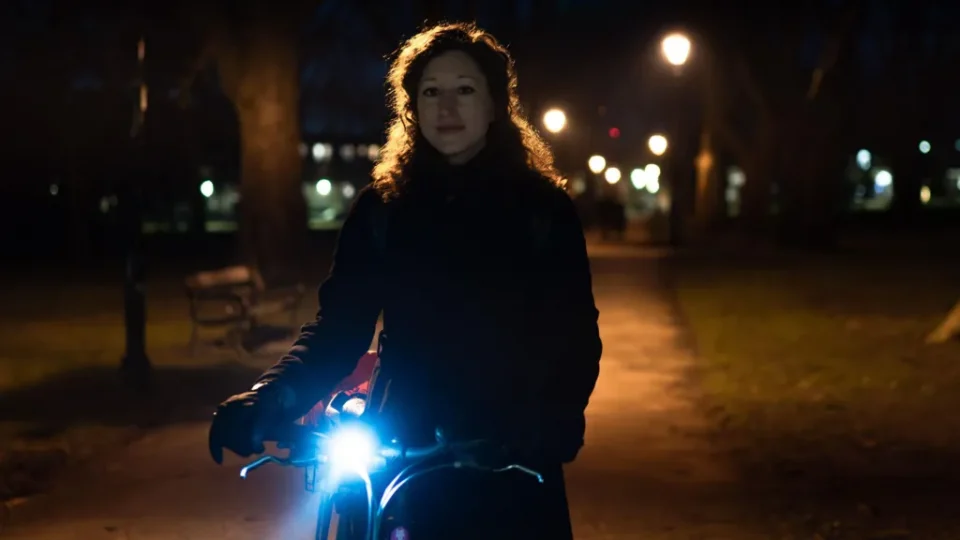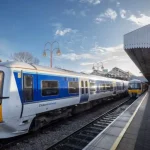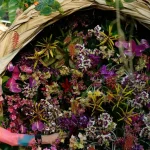If you’re a female cyclist navigating the streets of London, the arrival of nightfall often necessitates alterations to your cycling habits.
Some women choose to simply avoid riding after dark, while others take longer routes that favor well-lit streets, or opt for busier roads in the hopes of encountering more people for safety.
Approximately 25% of the city’s designated cycleways—high-quality, strategically planned routes financially supported by the mayor and Transport for London (TfL)—see minimal nighttime use from about half of the female population.
The London Cycling Campaign (LCC) advocates for the inclusion of “social safety” in the criteria for route quality assessments. They urge TfL to refrain from endorsing or funding routes that don’t meet these standards.
A representative from TfL stated that they are “endeavoring to gain a better understanding of how our initiatives impact both the safety and the sense of security for women and girls.”
The LCC’s report highlighted specific routes, including one that runs adjacent to Millwall Stadium and an isolated railway line notorious for reported muggings and bike thefts, as well as a “crime-laden and secluded” underpass in Enfield.
Insights into women’s experiences while cycling on the city’s pathways at night reveal that “socially unsafe” describes routes that pose risks of harm from others, particularly due to inadequate lighting and limited escape options.
According to research by the LCC Women’s Network, 24% of TfL’s cycling infrastructure passes through “isolated or dimly lit areas such as parks, which women often perceive as unsafe after dark.”
More than half of the cycle routes include at least one area considered socially unsafe, with seven classified as completely unsafe at night.
The findings indicated that a third of women currently cycling in London halt their rides during the winter months or after dusk. Half expressed feeling they had to make an “impossible choice” between dangerous cycle paths and main roads that lack safe cycling accommodations.
Emma Barnie, a cyclist from Lewisham, shared her experience on Cycleway 10, near Millwall’s stadium, recounting, “two young men attempted to block my path.”
“I instinctively accelerated and managed to maneuver onto the verge to escape.”
“Now, I take a longer detour through busy streets, which defeats the purpose of the cycleway.”
“This experience has completely discouraged me from using this vital route after sunset, altering my entire daily commute and routine.”
Another Lewisham resident, Louise Whittle, described her local cycleway as “impractical” after dark.
Having commuted by bike for 22 years, she highlighted three segments that feel especially isolated.
“I’ve seen groups of men approach my husband while he was riding.”
“This route feels like running a gauntlet.”
“I’ve been stopped by law enforcement who specifically advised me against cycling that route after dark. I initially switched to a road alternative, but I’ve had cars almost collide with me, so I’ve changed to yet another route.”
“I feel trapped between two dangerous options.”
The LCC Women’s Network plans to hold an after-dark freedom ride for women in protest on Thursday evening.
Organizers noted that they intend to “navigate through dark parks, urban graffiti-filled areas, and secluded segments, questioning why these are part of TfL’s approved cycling network.”
TfL acknowledged ongoing enhancements to existing paths, such as the recent lighting upgrade on Cycleway 49 in Ealing.
“We appreciate the insights from the London Cycling Campaign and will thoughtfully consider its recommendations,” a spokesperson said.


